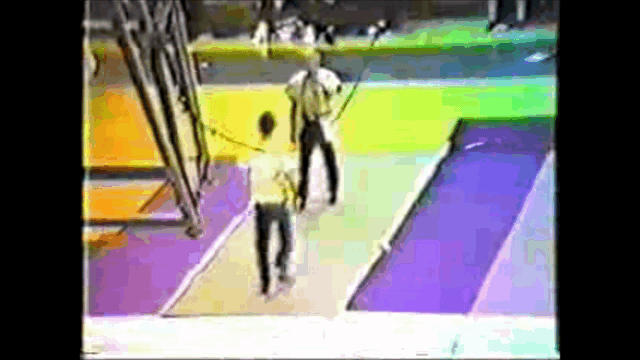To me, those are all tactics. Your strategy is what you want to accomplish overall. IMO this is why grapplers tend to be more successful. They understand what they are trying to accomplish and do it. For example, a grappler's strategy in most cases is: Safely close the distance, take the opponent to the ground, obtain dominate position and submit. Within those three things are when your tactics come in to play of HOW to safely close the distance with each type of opponent, HOW are you going to take them to the ground, etc. When you are a striker, what is your overall goal with your strikes? Just keep hitting until he stops? Are you striking to dominate or are you striking to escape the situation safely?
Most people don't have a strategy when it comes to self-defense, so they stay at the "tactic and technique" level of a confrontation. For example, your strategy is different if it is your drunken friend and you don't want to hurt him, it is different if you have someone with you that you need to protect. How do certain environments effect your tools? For example, in a parking lot between two cars where there isn't much room to move around versus a mostly empty parking lot.

